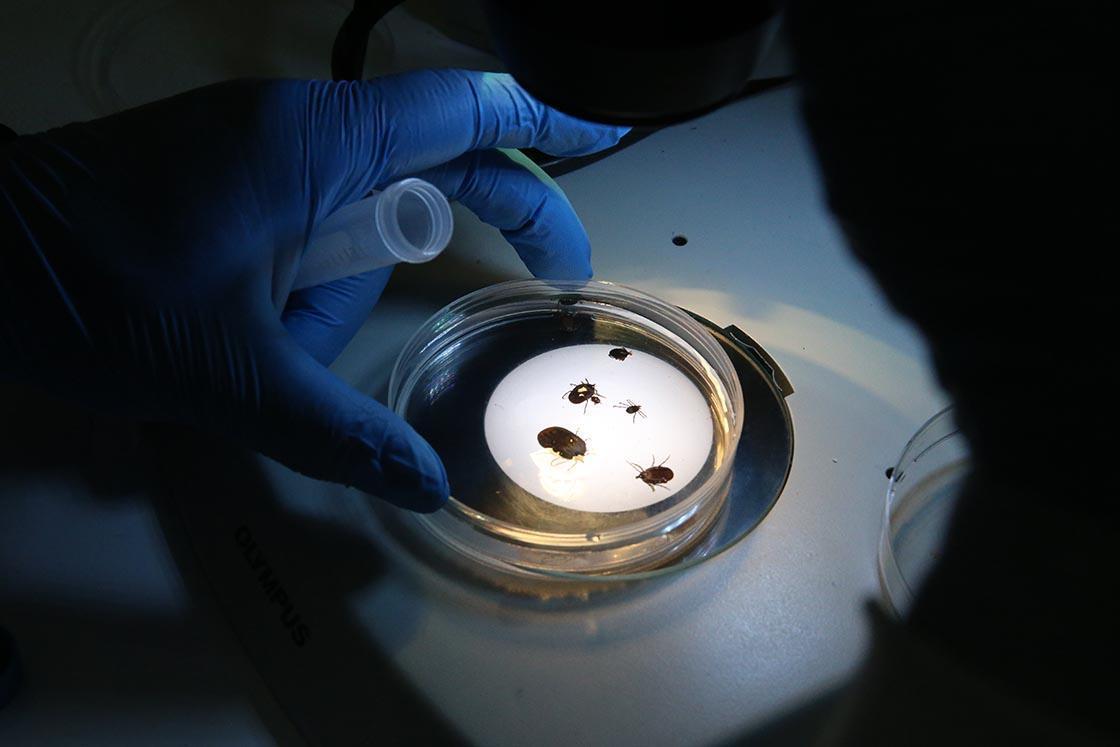Türkiye identifies new tick species with high transmission risk
TOKAT

Tokat Gaziosmanpaşa University has announced the identification of a new tick species in Türkiye, designated as “Haemaphysalis longicornis,” marking the 56th species recorded within the national registry.
Professor Dr. Adem Keskin from the university said the research began last year when the university’s laboratory received a tick specimen found attached by an individual in Istanbul.
Originating from East Asia, likely China, this invasive tick species is believed to have established itself in Türkiye’s ecosystems, he said.
Keskin noted that the species probably arrived in the country around three to four years ago.
He emphasized the need for heightened awareness, as this recently documented species is known to carry more than 30 disease-causing pathogens, posing a significant public health risk.
Supported by the university and its rectorate, the research team is now monitoring the tick’s population and conducting studies on the potential pathogens it may carry and spread, the expert explained.
Türkiye has long grappled with the endemic presence of Crimean-Congo Hemorrhagic Fever, a peril that exacerbates during the warmer months.
Recently, a fatality was reported in the central province of Sivas, where a patient succumbed ten days after improperly removing ticks affixed to his body.
This year alone, similar mortalities in Sivas have ascended to six. Local media sources have documented occurrences across other provinces, although definitive data remains elusive.
In a collaborative endeavor, Turkish and Japanese researchers recently conducted extensive fieldwork to delineate the spatial distribution of tick species with pathogenic transmission potential in Tokat and Sivas.
















